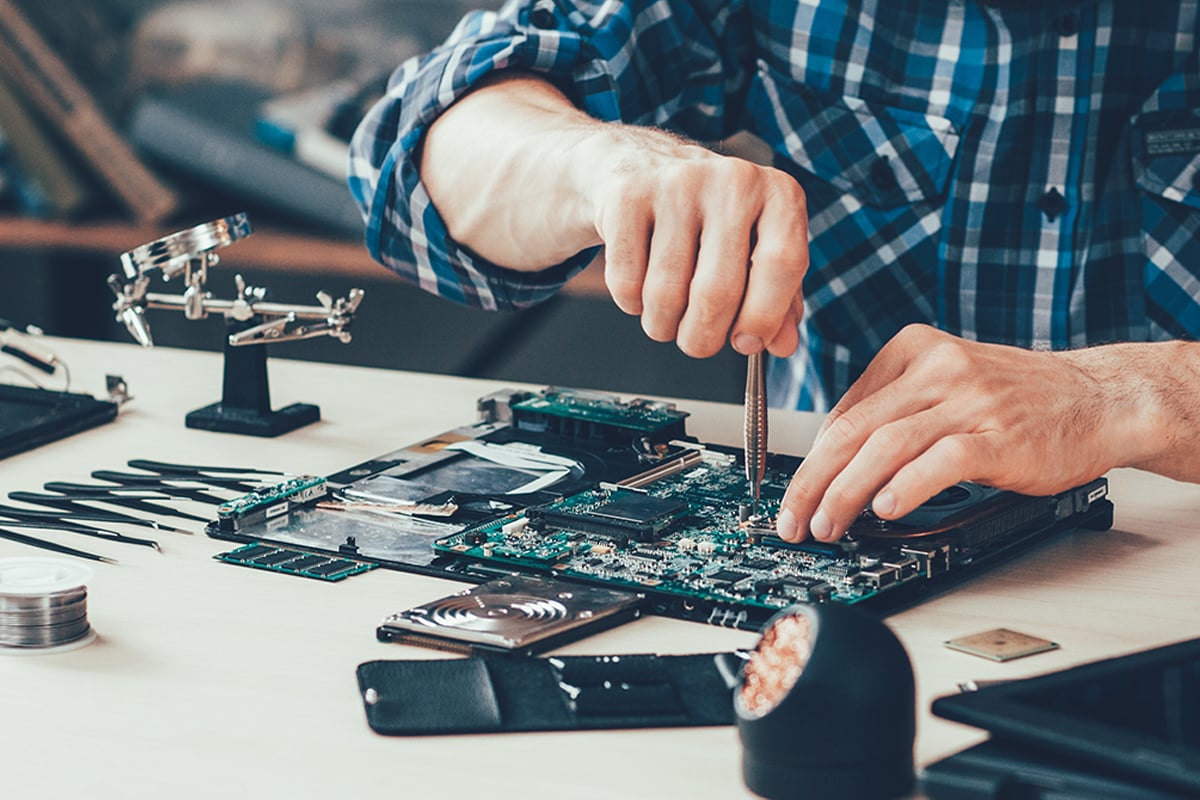The advancement of technology has significantly impacted consumer rights, and new regulations are being introduced to bolster device owners’ ability to repair, rather than replace, their cherished gadgets.
The era of complex, near-impossible DIY fixes may be coming to an end, as the industry faces a growing right to repair movement.
The Present Situation
Currently, repairing devices and appliances can be a complicated process, hindered by proprietary tools, error messages, and the recent trend of “parts pairing” – which links individual components to devices using unique serial numbers.
These obstacles often lead consumers to seek the services of specialized repair outlets, such as Girls Fix It in Pennsylvania, which offers repairs at rates up to 50% cheaper than official providers like Apple’s Genius Bar. Nonetheless, the fear of error messages or reduced functionality may prevent customers from opting for third-party repairs.
Legislative Changes and Their Consequences
In response to these challenges, legislators in both the United States and Europe are taking steps to rectify the situation. A range of legislation, including the European Parliament’s right to repair law and President Joe Biden’s executive order giving U.S. consumers the right to repair their devices, aims to create a more level playing field.
These laws have the potential to extend the lifespan of devices and decrease electronic waste, as many consumers currently choose to replace rather than repair their devices due to the high costs and complications associated with the latter.
A Look at the Future
What does this mean for the future of our devices? The hope is that these legislative changes will prompt manufacturers to produce products that are more repairable and durable, thus reducing the environmental impact of technology.
We could see a resurgence of interchangeable batteries and a shift towards modular components, facilitating easier and more cost-effective repairs. In a future where repair shops are commonplace, 3D-printed spare parts might become a reality, and repairs could be subsidized by manufacturers as an environmental incentive.
Charting a Sustainable, Consumer-Powered Future
As we step into this new age of consumer empowerment, the right to repair movement is poised to reshape our relationship with our devices. The synergy of consumer-driven initiatives and top-down regulatory changes is expected to foster a culture of repair over replacement, ultimately paving the way for a greener, more sustainable future.
As we leave behind today’s disposable culture, the horizon appears promising for both consumers and the environment.







